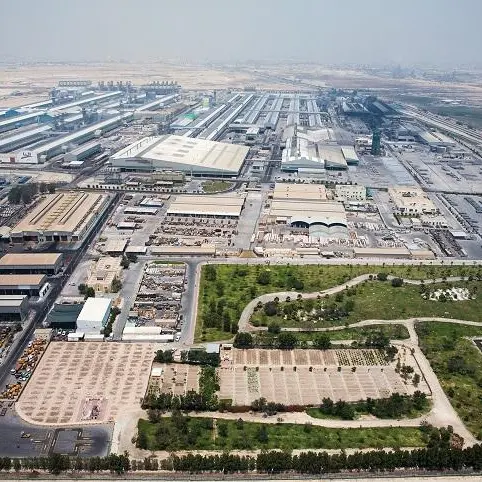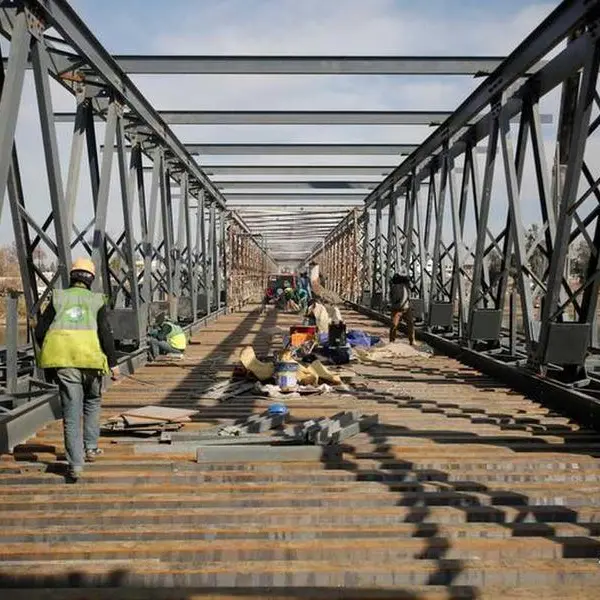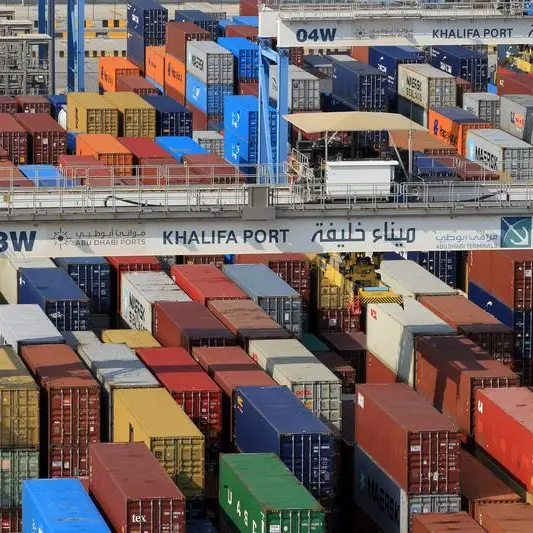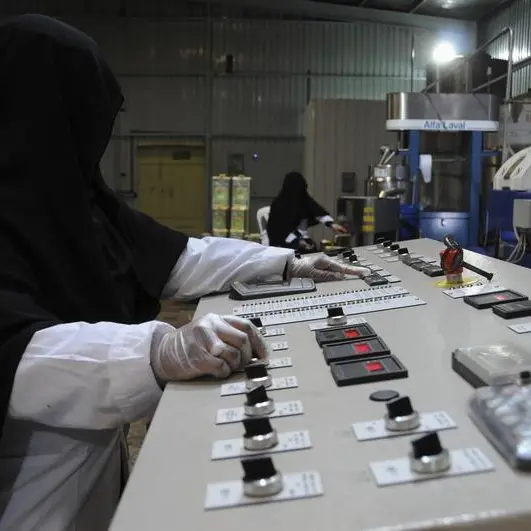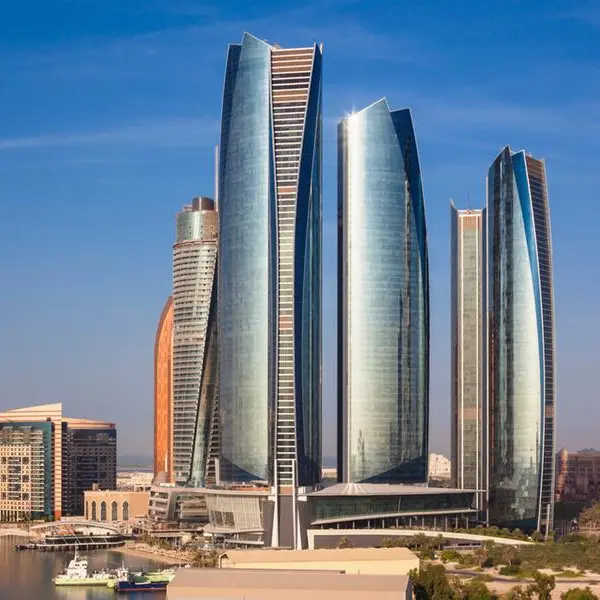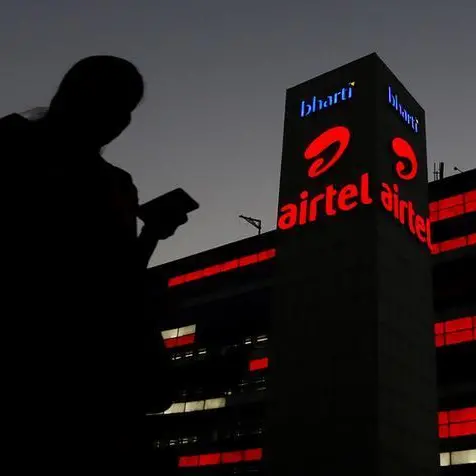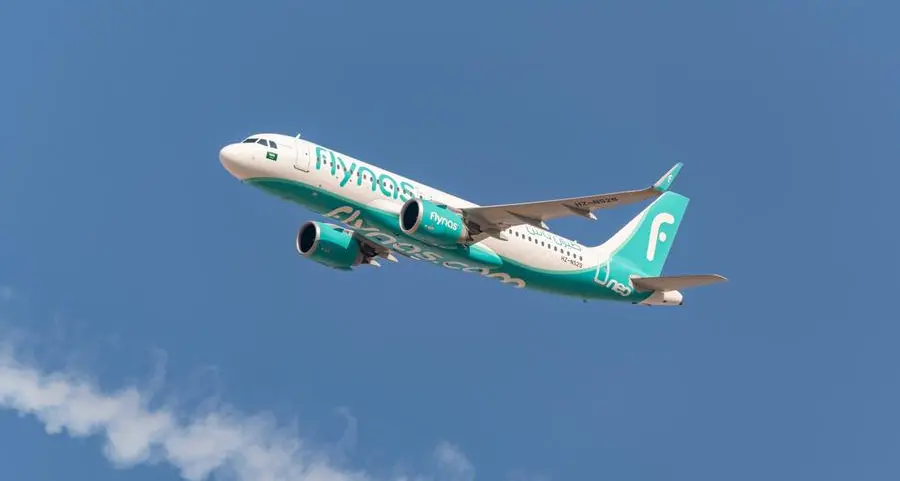PHOTO
Saudi Aramco’s proposed Initial Public Offering (IPO) is not going to spark an IPO trend among the region’s national oil companies (NOCs) as is widely believed, according to NBK Capital’s Managing Director and Head of Investment Banking, Rani Selwanes.
Speaking at a panel discussion on energy financing at the Petroleum Economist Energy Strategy Forum in Kuwait recently, Selwanes said a key challenge for the region’s NOCs would be the “governance and transparency” standards expected of listed companies.
He said: “[Whether it is] London Stock Exchange, New York Stock Exchange, Hong Kong Stock Exchange, each of these has stringent regulatory measures that you would have to comply. The decision-making would involve foreign regulators and institutional shareholders interfering in what you do.”
Selwanes pointed out that an IPO is only one of the many tools to raise capital, other options being debt capital markets and Export Credit Financing (ECA).
“An IPO is an expensive choice if the intention is to simply plug a deficit,” he said.
“Capital markets are probable avenues that these NOCs could start tapping. ECA is yet another option where NOCs have access to an incredible amount of capital that can go on for many years as possible,” he said, adding that the region has always proved “it has access to capital whenever it wants, however long it wants and even dictating the rates.”
Capital backing
Saji Sam, Partner at management consulting firm Oliver Wyman, said “raising capital is just one aspect of an IPO”.
“I believe, with regard to Aramco, it is also to increase transparency, improve governance and, in the context of the shale operating model, explore how an NOC can be a little more agile and reactive to the market, take quick decisions and be more performance oriented.”
NOCs in the Gulf region are supported by “an incredible amount of capital,” said Selwanes.
He said finance has hardly been a predicament for the region’s NOCs.
“Even when the newspapers reported a crisis, the governments in the region did not panic. They came out to raise a huge amount of money in the capital markets and their requests were oversubscribed three to five times over with extremely tight yields. It was a good time as investors were flocking due to the credit strength.”
The NBK official placed the cumulative expenditure outlay of the Gulf countries for their oil and gas sectors at $600 billion over the next five years.
“Kuwait’s capital [spend] for the next five years is put at $114 billion, while Abu Dhabi has approved a five year capital expenditure programme for about $109 billion. Saudi also has a capital expenditure programme of $150 billion.”
Tom Barwick, Chief Financial Officer, Innova Group, said he was cautiously optimistic about the current downstream financing scenario.
“From our perspective, it seems we are at the end of the bust cycle and entering into a new phase where everyone is more willing to invest. From 2015-2017, the credit markets were completely closed to us, but in the last three to four months, we are making a lot of traction on several transactions that we would be closing in this quarter.”
Game changers
Oliver Wyman’s Sam noted that different segments of the energy spectrum - from oil to power to products and petrochemicals - have different financing and investment challenges.
Focussing on two specific areas - upstream investment and renewable energy financing - he said the shale operating model with its quick returns has challenged the conventional upstream investment model where returns can take five to 10 years or more.
On renewable energy, Sam observed that the field had even more “exciting” investment opportunities. He said that in the period from 2014 to 2017, renewable energy capacity addition increased by more than 50 percent, while output rose by only 30 to 40 per cent.
“However, the investments that have gone in have actually been less. So, that’s spectacular. You are actually putting less investment and getting a multiplier effect and that’s a game-changer and a trend that is going to continue.”
The key challenge in this type of financing is related to strengthening the grid to integrate more renewable energy, he added.
A robust grid can accommodate 10-20 per cent renewable energy, he noted, “but beyond that requires investments which currently is a challenge as to who takes care of that investment and how that would be financed.”
The fourth annual Energy Strategy Forum, held on 31 January in Kuwait City, was co-hosted by energy magazine The Petroleum Economist and Kuwait Petroleum Corporation under the patronage of the Minister of Oil.
(Reporting by Jethu Abraham; Editing by Anoop Menon and Bhaskar Raj)
(anoop.menon@thomsonreuters.com)
For more data, analytics, tools and news on projects in the Middle East visit the Thomson Reuters Projects portal
Our Standards: The Thomson Reuters Trust Principles
Disclaimer: This article is provided for informational purposes only. The content does not provide tax, legal or investment advice or opinion regarding the suitability, value or profitability of any particular security, portfolio or investment strategy. Read our full disclaimer policy here. © ZAWYA 2018

